Building a dartboard surround is a fantastic way to upgrade your game room and protect your walls from errant darts. This article will guide you through a complete dartboard surround build, from planning and material selection to installation and finishing touches. You’ll also learn about different design options and how to personalize your surround to match your style.
⚠️ Still Using Pen & Paper (or a Chalkboard)?! ⚠️
Step into the future! The Dart Counter App handles all the scoring, suggests checkouts, and tracks your stats automatically. It's easier than you think!
Try the Smart Dart Counter App FREE!Ready for an upgrade? Click above!
Choosing the right materials is key to a successful dartboard surround build. Consider the overall aesthetic you’re aiming for, your budget, and the level of DIY expertise you possess. A simple surround can be made from readily available materials like plywood or MDF, while more elaborate designs might incorporate reclaimed wood, stained glass, or even metal accents. Remember, the strength and thickness of your chosen material directly impact the longevity and effectiveness of your surround. A sturdy surround will not only protect your walls but also enhance the overall look of your game room. Planning your dartboard surround build carefully from the beginning minimizes issues later on.
Planning Your Dartboard Surround Build
Before you even touch a saw, careful planning is crucial for a smooth and successful dartboard surround build. This involves several key steps:
- Measure your dartboard and desired surround dimensions: Accurate measurements are paramount. Consider not only the dartboard’s size but also the space you need for comfortable throwing. You’ll want enough clearance around the dartboard to avoid hitting the surround accidentally, which could affect play and possibly even damage your meticulously created surround.
- Sketch a design: Even a simple sketch can help visualize the final product. This is where you can experiment with different shapes, sizes, and design elements. Consider whether you want a simple, functional surround or a more decorative one. If you’re going for a more elaborate design, it’s highly recommended that you get your dimensions correct on the first attempt; altering the design later on can prove challenging and lead to problems during the construction stage.
- Choose your materials: Select materials based on your design, budget, and skill level. Common choices include plywood, MDF, reclaimed wood, or even metal. Consider the weight and durability of the material, especially if you plan to mount it on a wall. Ensure the materials chosen are strong enough to withstand impacts from darts without showing any significant damage. The choice of material can greatly affect the overall aesthetics of your dartboard surround build.
- Gather your tools: Make sure you have all the necessary tools before you start. This might include a saw (circular saw or jigsaw), drill, screws, sandpaper, wood glue, paint or stain, and measuring tape. Having everything prepared saves time and avoids frustrating interruptions during the build process.
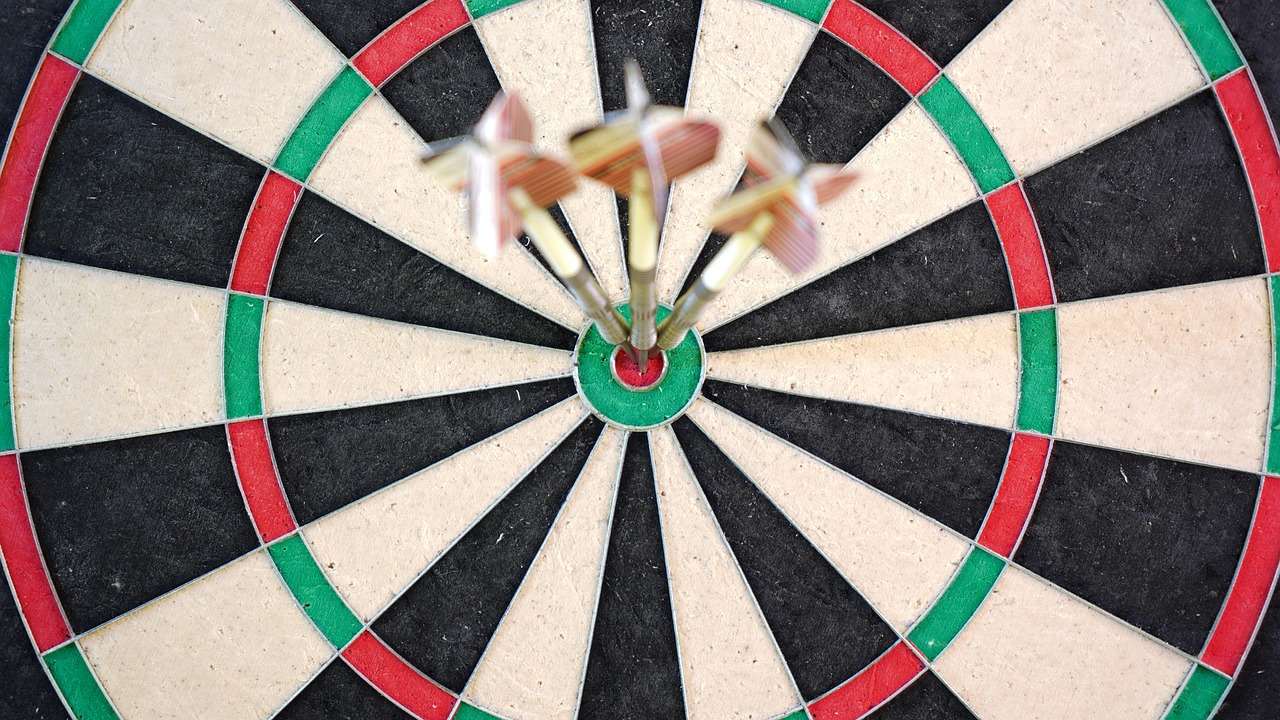
Constructing the Dartboard Surround
With your plan in place and materials gathered, it’s time to begin the actual construction of your dartboard surround. This process will vary depending on your chosen design and materials, but here are some general guidelines:
Cutting and Assembling the Frame
If your design involves a frame, carefully cut the pieces to size using your chosen saw. Ensure all cuts are accurate to avoid issues during assembly. Use wood glue and screws to secure the pieces together, creating a sturdy and well-aligned frame. Remember to check for squareness regularly to ensure your surround remains properly aligned throughout the build. A slightly out-of-square frame can create problems later and significantly impact the final appearance.
Adding Back Panel and Internal Supports
Once the frame is complete, add a back panel to provide stability and to cover the back of the surround. This can be cut from the same material as the frame or from a different material to add contrast. Consider adding internal supports for extra strength, particularly if you’re using thinner materials or if your design is large. For a larger dartboard surround build, internal support is crucial, preventing warping or bending under stress from dart impacts. Internal supports also help to significantly strengthen your creation against accidental impacts.
Finishing Touches
Once the structure is assembled, it’s time for the finishing touches. This might involve sanding the surfaces smooth, applying a stain or paint, adding decorative elements, or installing a mounting system. Ensure everything is well sanded to create a smooth surface and prevent splinters. You should select a stain or paint that is durable enough to withstand the wear and tear of daily use.
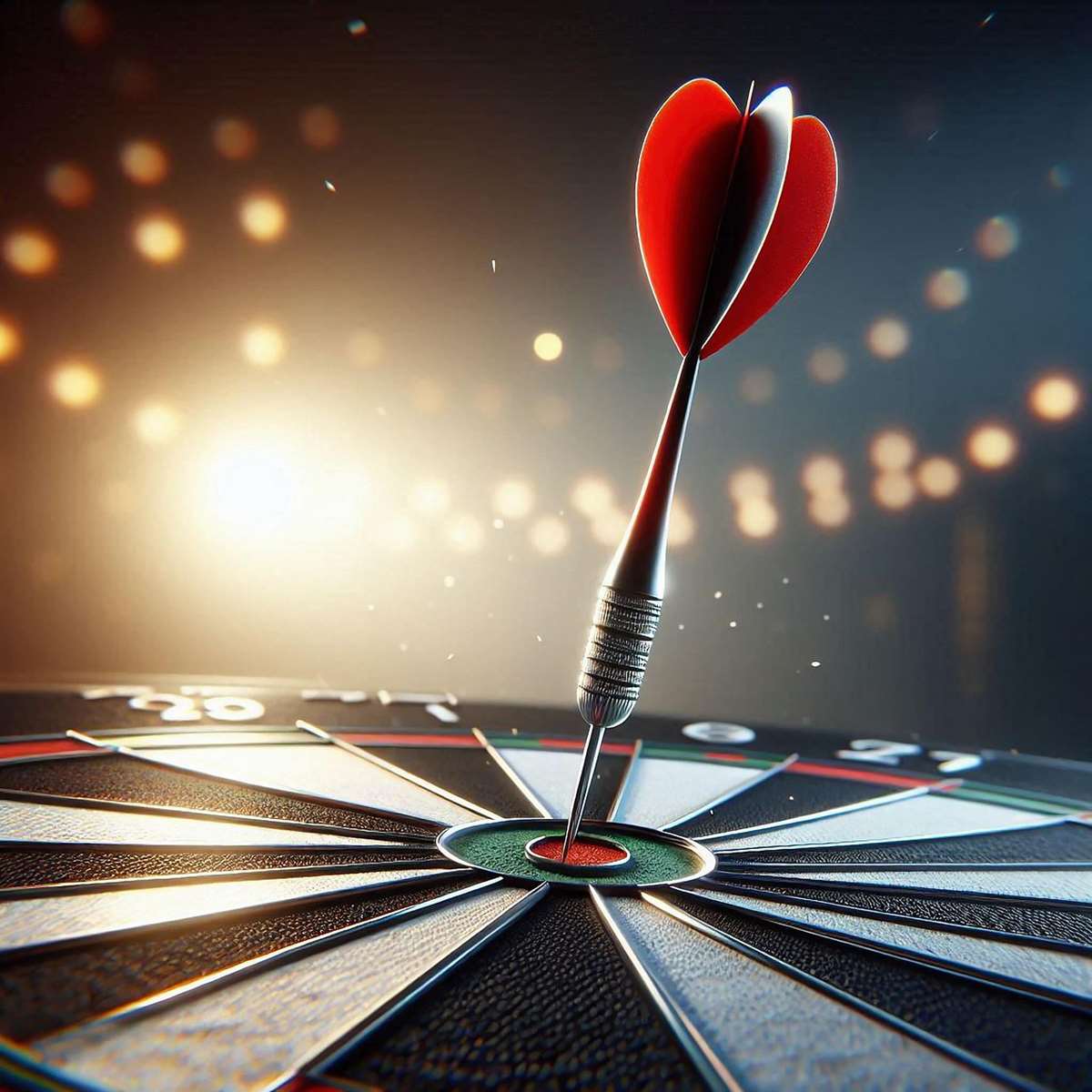
Choosing the Right Materials for Your Dartboard Surround Build
The material you choose significantly impacts the final look and durability of your dartboard surround build. Here’s a breakdown of popular options:
- Plywood: A cost-effective and readily available option. Choose a thicker plywood for added durability. Custom dartboard cabinet hardware can add a unique touch.
- MDF (Medium-Density Fiberboard): Another affordable option, but it’s less durable than plywood and more susceptible to damage from impacts. It’s easier to work with and can be easily shaped, offering more flexibility for complex designs. However, proper sealing is essential to protect it from moisture.
- Reclaimed Wood: Adds a rustic and unique charm. However, it can be more expensive and require more preparation before use. Ensure the wood is properly treated to prevent warping or cracking.
- Metal: Offers the ultimate in durability, but it’s more challenging to work with and requires specialized tools. It allows for creative designs and a truly unique aesthetic. However, it requires specialist tools and skills for cutting and shaping.
Remember, the material you choose is a key factor in your dartboard surround build. It dictates not only the final appearance but also the durability and longevity of your project. Before starting, consider what level of durability you desire and how much time and effort you’re willing to commit to working with a specific material.
Installing Your Dartboard Surround
Installing your newly built dartboard surround is the final step in the process. The installation method will depend on whether you are mounting it directly on the wall or building it as a freestanding unit. For wall mounting, use appropriate screws and wall anchors to ensure a secure and stable installation. Ensure you accurately locate and mark the mounting points on the wall to prevent any issues with the dartboard or the surround itself.
If building a freestanding surround, you may need to build a base to ensure stability. Consider the weight of the dartboard and the surround, and choose a sturdy base to prevent tipping. You can choose to build a base from the same material you used for the rest of the surround, for a consistent look, or you might consider a material that would enhance the overall design.
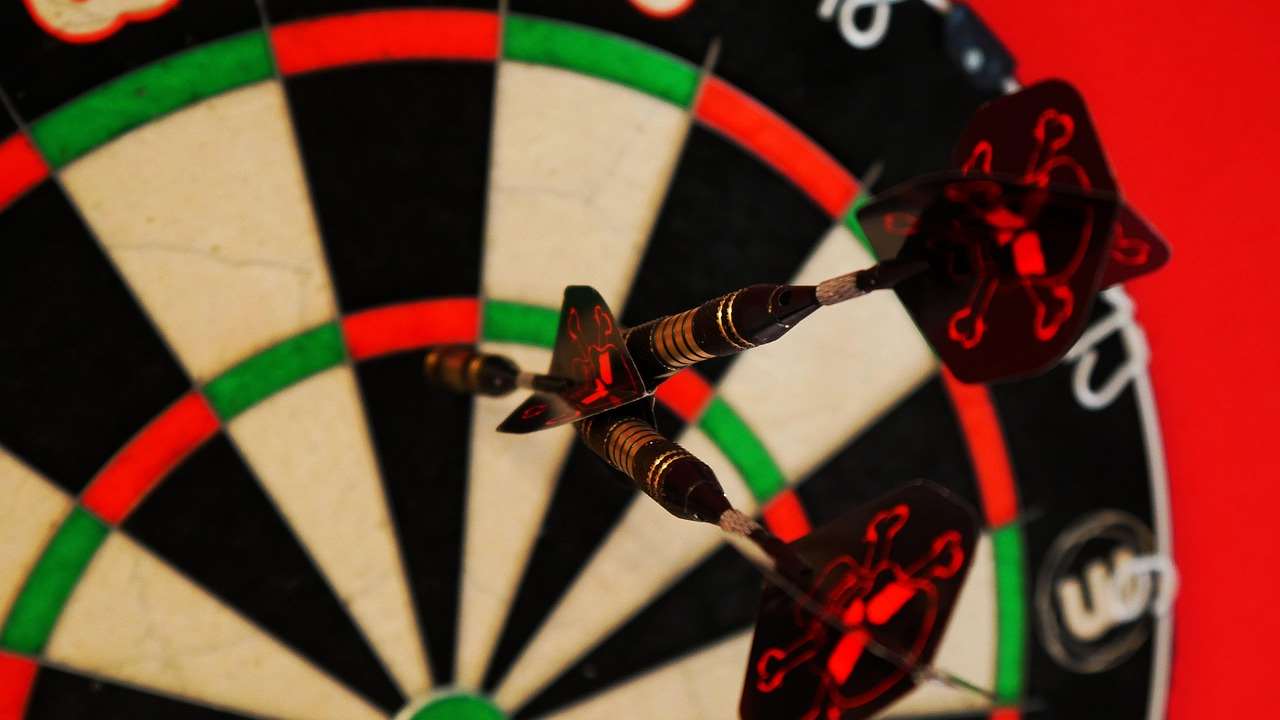
Personalizing Your Dartboard Surround
Once your dartboard surround build is complete, consider personalizing it to reflect your individual style. Here are a few ideas:
- Painting or Staining: Choose a color that complements your game room decor. A custom paint job can truly make the dartboard surround your own. A clear varnish can also protect the wood against scuffs and marks and prevent damage over time.
- Adding Decorative Elements: Incorporate personal touches, such as decorative molding, stencils, or even embedded lights to make it unique. These elements add a touch of personality to a relatively simple creation.
- Custom Lighting: Add lighting to enhance the overall ambiance of your game room. This can range from simple LED strip lights to more elaborate custom lighting fixtures. Proper lighting not only adds aesthetic value but also significantly improves the dart-playing experience.
The key to successful personalization is to allow your creativity to take the lead, creating a final design that reflects your personal preferences and enhances your dart playing area. This is what makes your dartboard surround build uniquely yours.
Troubleshooting Common Dartboard Surround Build Issues
Even with careful planning, you might encounter some challenges during your dartboard surround build. Here are a few common problems and how to address them:
- Uneven Surfaces: Ensure your surfaces are properly sanded and smooth before painting or staining. Addressing any unevenness at an early stage is crucial to prevent issues later.
- Loose Joints: Use sufficient wood glue and screws to secure all joints. Reinforce any weak points to ensure a sturdy and durable structure.
- Warping: Use properly treated and dried wood to minimize the risk of warping. Proper drying before construction is also beneficial.
Remember, careful planning and attention to detail are crucial for a successful outcome. These few additional steps ensure you have a sturdy and aesthetically pleasing dartboard surround build. If you encounter significant problems, seeking advice from more experienced DIY enthusiasts or professionals can be a good solution.
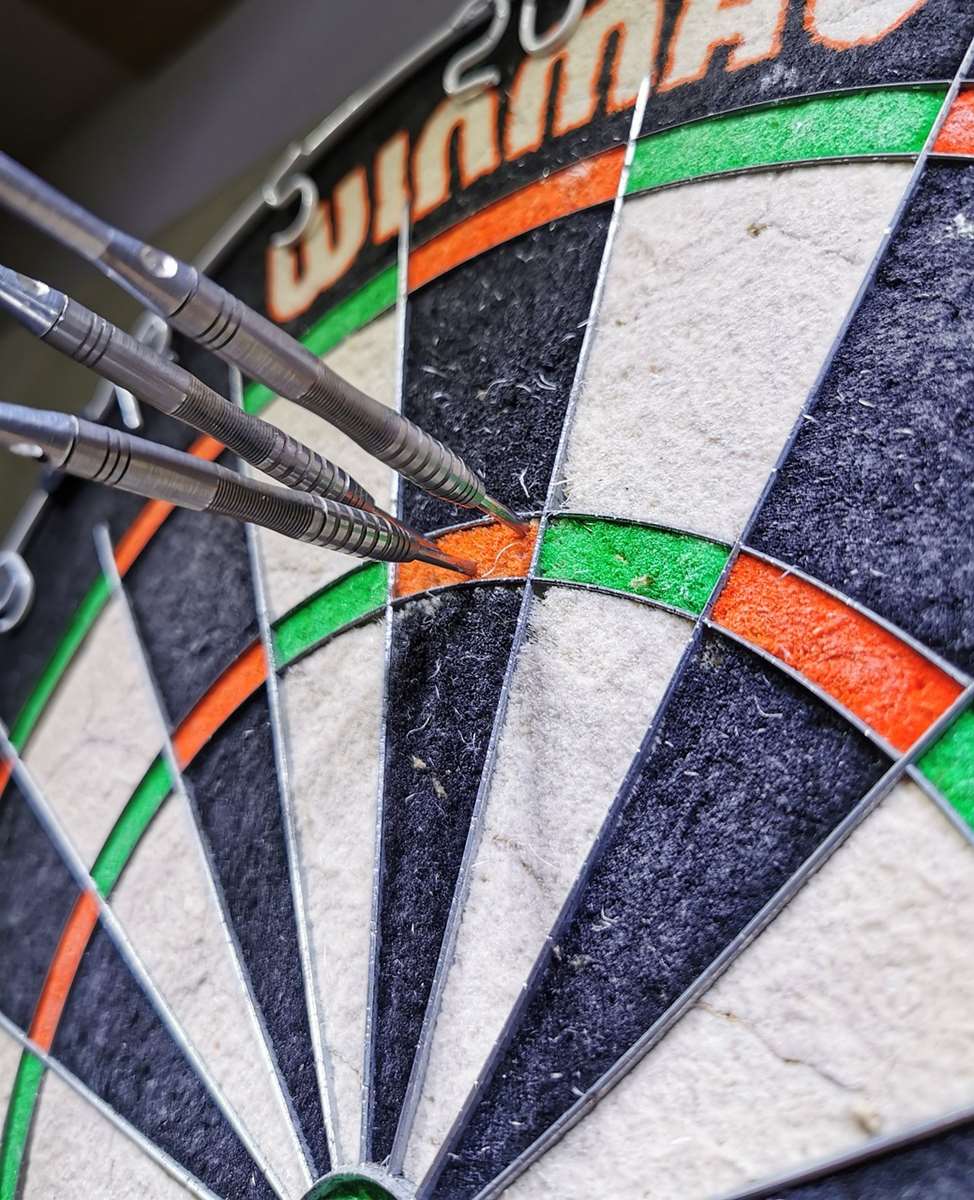
Beyond the Basics: Advanced Dartboard Surround Designs
Once you’ve mastered the basics of a dartboard surround build, you can explore more advanced designs. These might incorporate:
- Built-in shelving: Add shelves for storing darts, flights, and other accessories. This adds functionality to your design, making it a truly valuable addition to the game room.
- Integrated lighting: Install lighting inside the surround to illuminate the dartboard. Proper lighting is highly important for improving visibility when playing.
- Custom designs: Let your creativity flow and create a unique design that reflects your personal style. With a bit of imagination, your surround can be a significant statement piece in your game room.
Remember, the possibilities are endless. With a little creativity and planning, you can create a truly unique and functional addition to your game area. Even a simple dartboard surround build can transform the look of the game room and add value.
Maintaining Your Dartboard Surround
Regular maintenance will ensure your dartboard surround stays in top condition for years to come. This might include:
- Regular cleaning: Wipe down the surround regularly to remove dust and debris.
- Touch-ups: Repair any minor scratches or damage promptly.
- Periodic inspection: Check for any signs of wear and tear, and address any issues before they become major problems.
Proper maintenance not only helps to maintain the aesthetics but also protects against significant structural damage that might be caused by neglect. Remember, regular maintenance is key to the longevity of your dartboard surround build.
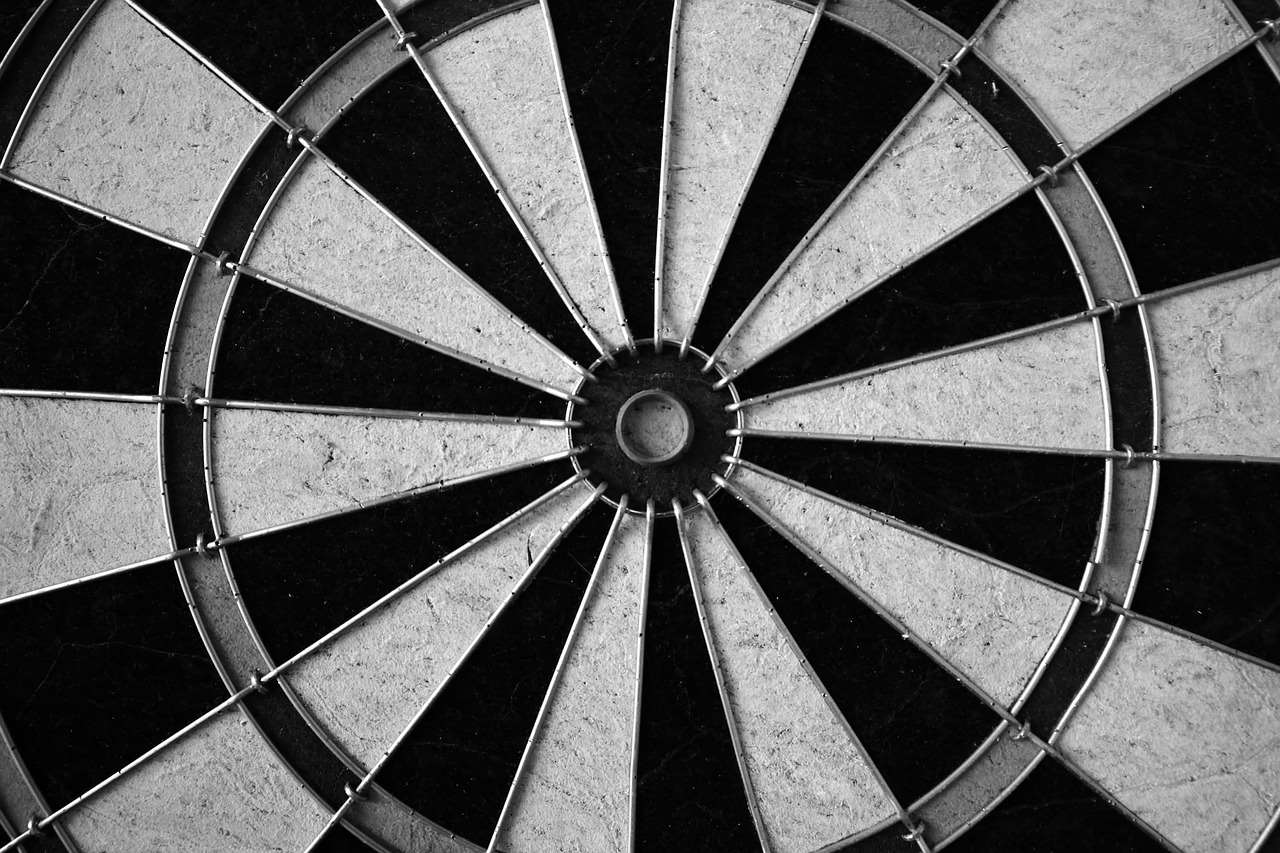
By following these steps, you can create a beautiful and functional dartboard surround that will enhance your game room and protect your walls. Remember to carefully plan your project, choose high-quality materials, and take your time during the construction process. Happy building! If you need help calibrating your dartboard, check out our guide on calibrating dartboard sensors. And for those looking to upgrade their game, consider custom dart flights cheap options!
Don’t forget to explore our other resources on Darts Equipment Maintenance Customization for more tips and tricks to elevate your dart game!
For further assistance with specific issues like calibrating dartboard sensors issues, or if you need help with movable dart point replacement process, or even information on electronic dartboard calibration for recognition, we’ve got you covered.
And if you’re planning a trip, check out our guide on traveling with dart accessories to ensure your equipment arrives safely. For those looking to maintain their equipment at home, visit our article on DIY dart case maintenance.
Hi, I’m Dieter, and I created Dartcounter (Dartcounterapp.com). My motivation wasn’t being a darts expert – quite the opposite! When I first started playing, I loved the game but found keeping accurate scores and tracking stats difficult and distracting.
I figured I couldn’t be the only one struggling with this. So, I decided to build a solution: an easy-to-use application that everyone, no matter their experience level, could use to manage scoring effortlessly.
My goal for Dartcounter was simple: let the app handle the numbers – the scoring, the averages, the stats, even checkout suggestions – so players could focus purely on their throw and enjoying the game. It began as a way to solve my own beginner’s problem, and I’m thrilled it has grown into a helpful tool for the wider darts community.